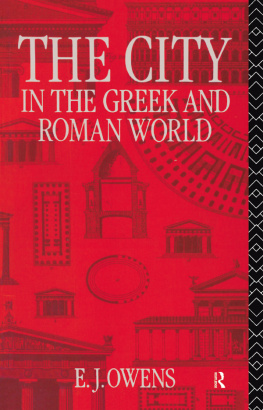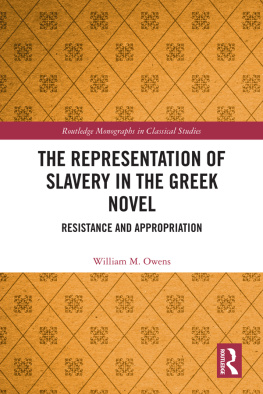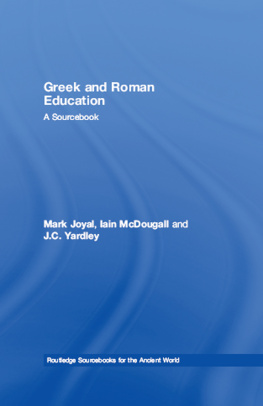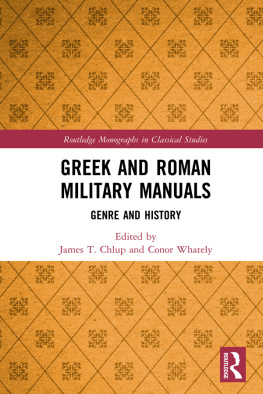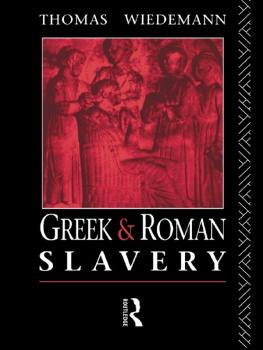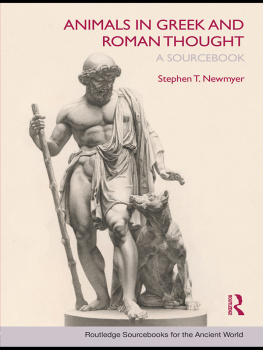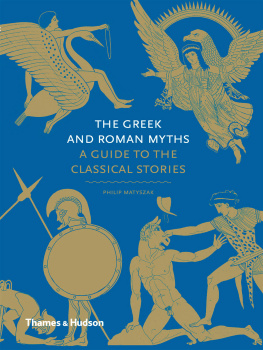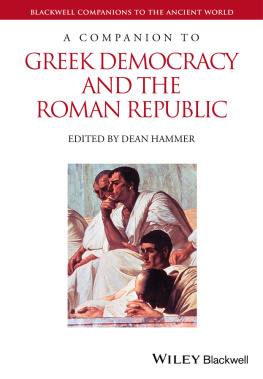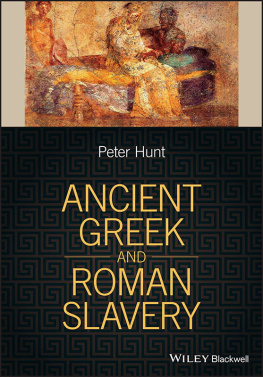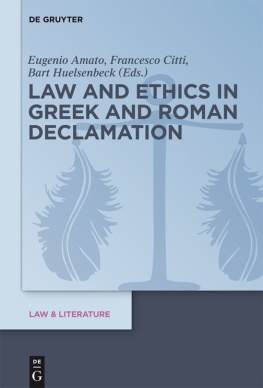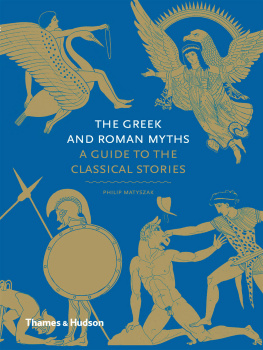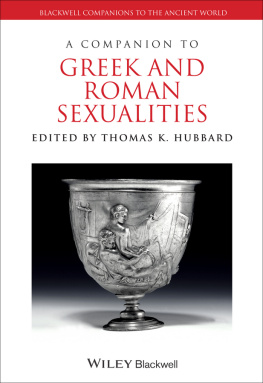First published 1991
by Routledge
2 Park Square, Milton Park, Abingdon, Oxon, 0X14 4RN
711 Third Avenue, New York, NY 10017
Paperback edition first published in 1992
Routledge is an imprint of the Taylor & Francis Group, an informa business
1991, 1992 E. J. Owens
Typeset in Bembo by Columns or Reading
All rights reserved. No part of this book may be reprinted or reproduced or utilized in any form or by any electronic, mechanical, or other means, now known or hereafter invented, including photocopying and recording, or in any information storage or retrieval system, without permission in writing from the publishers.
British Library Cataloguing in Publication Data
A catalogue record for this book is available from the British Library
Library of Congress Cataloging in Publication Data
A catalogue record for this book is available from the Library of Congress
ISBN 0-415-08224-2
Haverfield laid the foundations for the modern study of ancient town planning in his book Ancient Town Planning, published in 1913. In 1924 the German scholar, A. von Gerkan, produced his fundamental study of planning in the Graeco-Roman world, entitled Griechische Stdteanlagen. Since then aerial and ground survey and continuing excavation have added greatly to the knowledge and understanding of ancient Greek and Roman towns and town planning. Continuing research has produced a wealth of stimulating articles, books and monographs on towns, planning and urban architecture. R. Martins LUrbanisme dans la Grce antique, second edition, 1974, remains an outstanding study of the Greek city. F. Castagnolis fundamental review of regular town planning, Orthogonal Town Planning in Antiquity, was translated from the Italian in 1971. There followed J. B. Ward-Perkins short but excellent synopsis of Classical planning, Cities of Ancient Greece and Italy: Planning in Antiquity, published in 1974. Articles and books on town planning, urban architecture and related subjects continue to appear.
The present study is a synthesis. Its overall aim is to give a synoptic account of the development of urban planning in the Graeco-Roman world. As such it relies on the achievements of the past, but it also takes into account new evidence and the latest interpretations. The first two chapters set the scene for the rest of the study, which assesses the contribution of the Greeks, Etruscans and Romans to the field of urban planning.
In studying the history of urbanisation it always has to be remembered that urban life was not exclusive to the Greeks and the Romans in the Mediterranean. The Phoenicians and the Carthaginians were both prolific builders of cities with novel and stimulating ideas. Nevertheless, the contribution of the latter to the development of cities in the Mediterranean has not been studied in detail. The reason for their omission is that, whilst Graeco-Roman planning traditions came into contact with and in some cases eventually fused with the established traditions of the Carthaginians and Phoenicians in parts of Sicily and Africa, in reality their urban traditions are more firmly rooted in the achievements of the Near East in general, and as such form a separate study.
The bibliography on the ancient city is extensive, and every year brings more evidence as excavation and survey continue. Thus the chapter notes tend to refer to the more accessible evidence, wherever possible in English. This is for convenience. Fuller bibliographic details can be found in the books and works to which reference is made in the text and the bibliography. In addition, C. Stillwell (ed.), The Princeton Encyclopedia of Classical Sites (Princeton, 1976), is an invaluable source of reference, which describes the majority of Classical sites with full bibliographical references. Current archaeological journals and archaeological reports must be consulted for the most up-to-date work on a particular site.
The plans, all of which have been redrawn, illustrate a selection of the cities which are discussed. Further detailed illustrations are usually available in the original excavation reports.
Finally, there is the ever-present difficulty of trying to achieve uniformity in the spelling of ancient names and places. The present study has found no solution to the problem. It errs on the side of transliteration of ancient names, except when a spelling has become so entrenched in modern usage that the straight transliteration of the word is both pedantic and indeed unsightly. The end result, as ever, is inconsistency.
First and foremost, I would like to thank Richard Stoneman for his patience and perseverance throughout the writing of this book. Thanks are also due to the British Academy for the grant which I received to enable me to visit many of the sites in Italy which are discussed below. I would also like to thank my wife for her help in reading the manuscript. Thanks are also due to Dr David Hannell for his useful criticism of the early drafts of several chapters, and in particular to Linda Keyes, a postgraduate student in the Department of Classics and Ancient History at Swansea, for her willing assistance both in typing parts of the text and in reading the final draft of the manuscript, and suggesting improvements. They cannot be held in any way responsible for the mistakes and inconsistencies which remain. Finally, my parents must also be mentioned for their support over the years. To them and to my wife, Linda, I dedicate this book.
The city was one of the fundamental institutions of the ancient world and as such was not confined to the civilisations of Greece and Rome. Cities had long been the basis of civilisation in the Near East, and indeed in this region urban life antedates by several centuries the emergence of cities in the Greek and the Roman world.
The criteria which defined a city in the eyes of the Greeks and Romans differed. To the Greeks the polis needed no definition. The city was essentially a community of citizens, sharing common political, religious and social traditions. Alcaeus stated that it was not well-roofed houses, well-built walls, docks and harbours, which constituted a city, but men able to use their own opportunity.
To the Greeks of the Archaic and Classical periods the city was a community, and its physical attributes well-built houses, walls, docks, other buildings and to a certain extent even its locality were secondary in importance. It was the concept of the city as a community which made the abandonment of Athens at the time of the Persian Wars, however reluctantly, acceptable, especially when the Athenians realised that their protecting deity, in the guise of a snake, had already left the Acropolis.
Although to the Greeks the polis was essentially the people, the words of Alcaeus, Adeimantos and Nicias also acknowledge that the city had a physical aspect. As cities grew, especially under the patronage of the Hellenistic kings and their Roman successors, fine public buildings, sumptuous houses and impressive civic amenities became the hallmark of urban life. Pausanias comments on the small city of Panopeus in Phocis, whilst recalling Classical sentiments, reflect second-century Roman attitudes. How, he asks, can Panopeus be considered a city when it has no state buildings, no theatre and no market square, when it has no running water at a water head, and the people live on the edge of a torrent in hovels like mountain huts.


